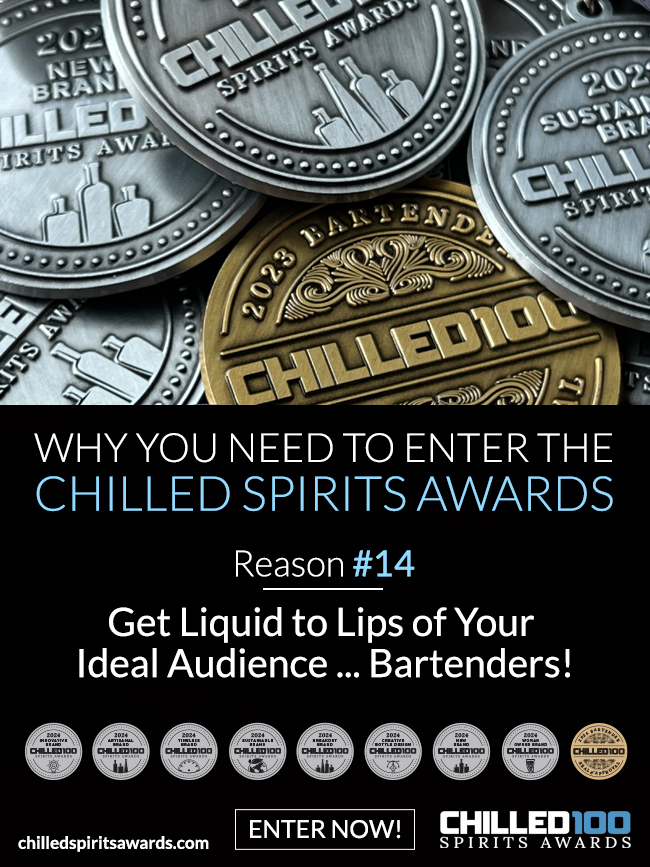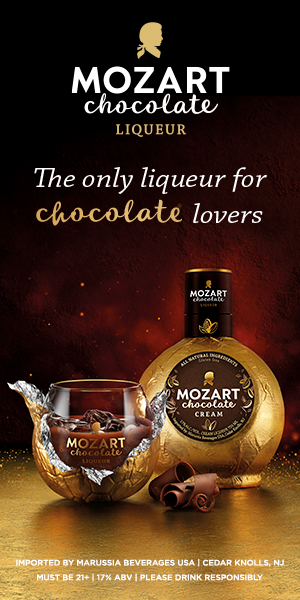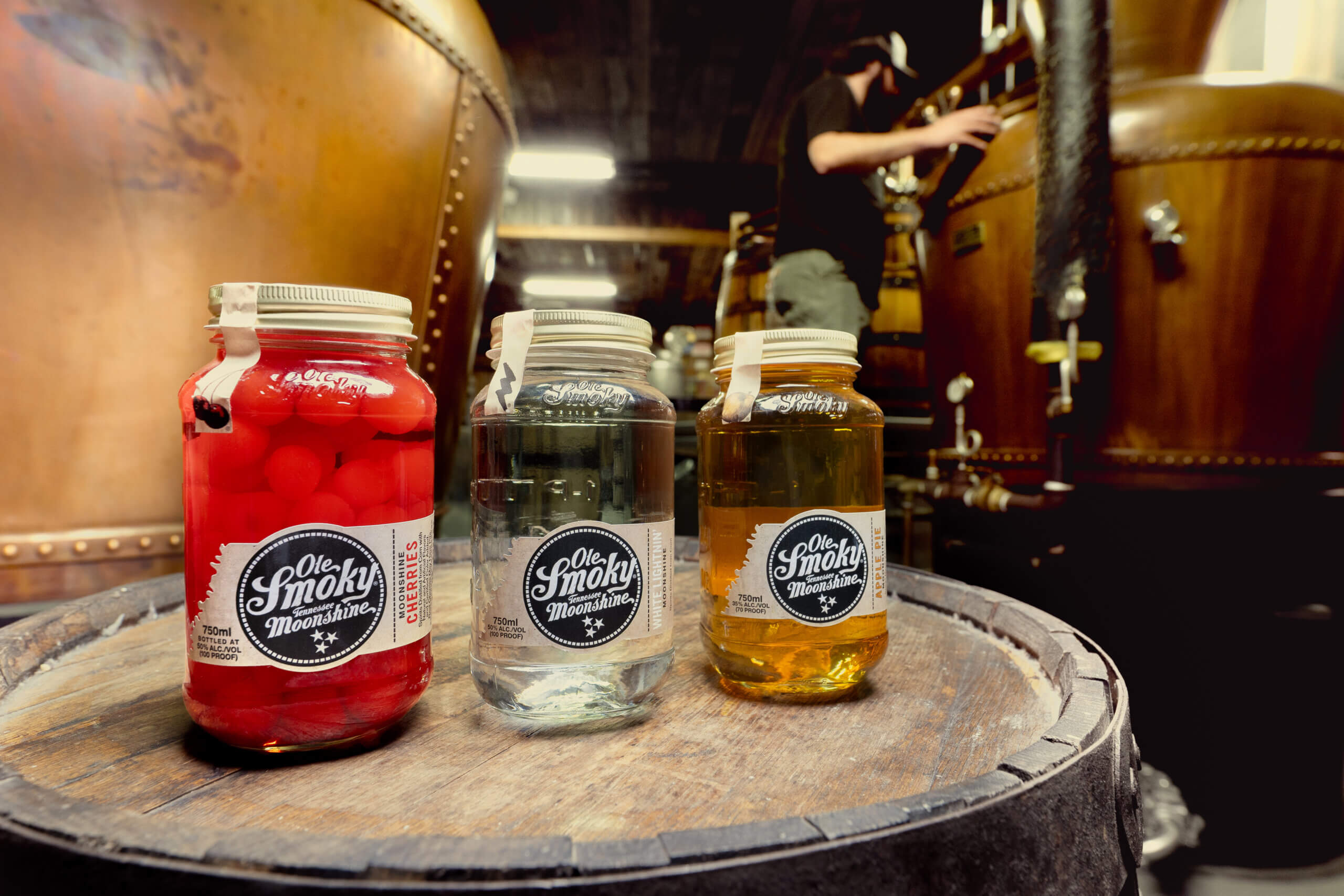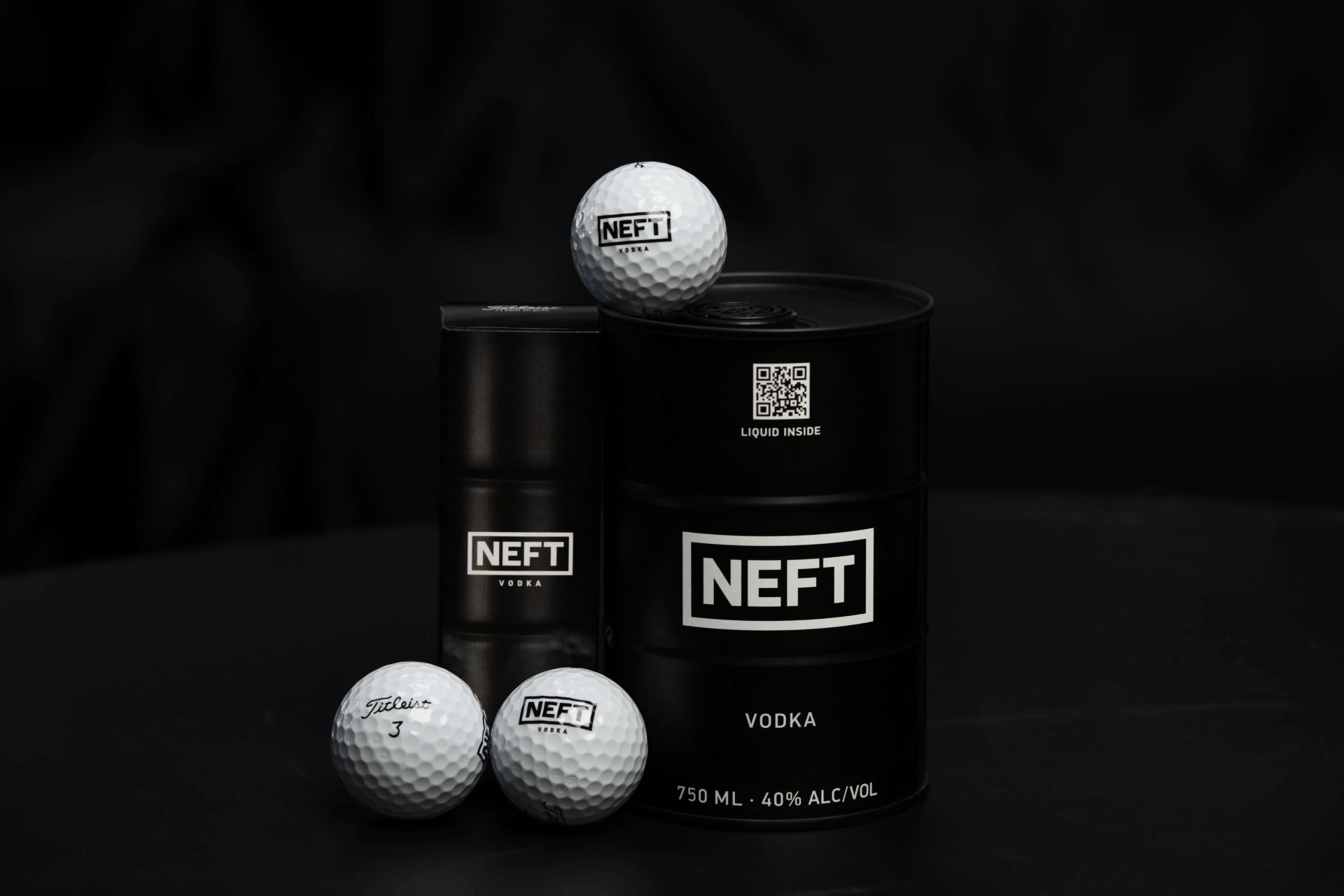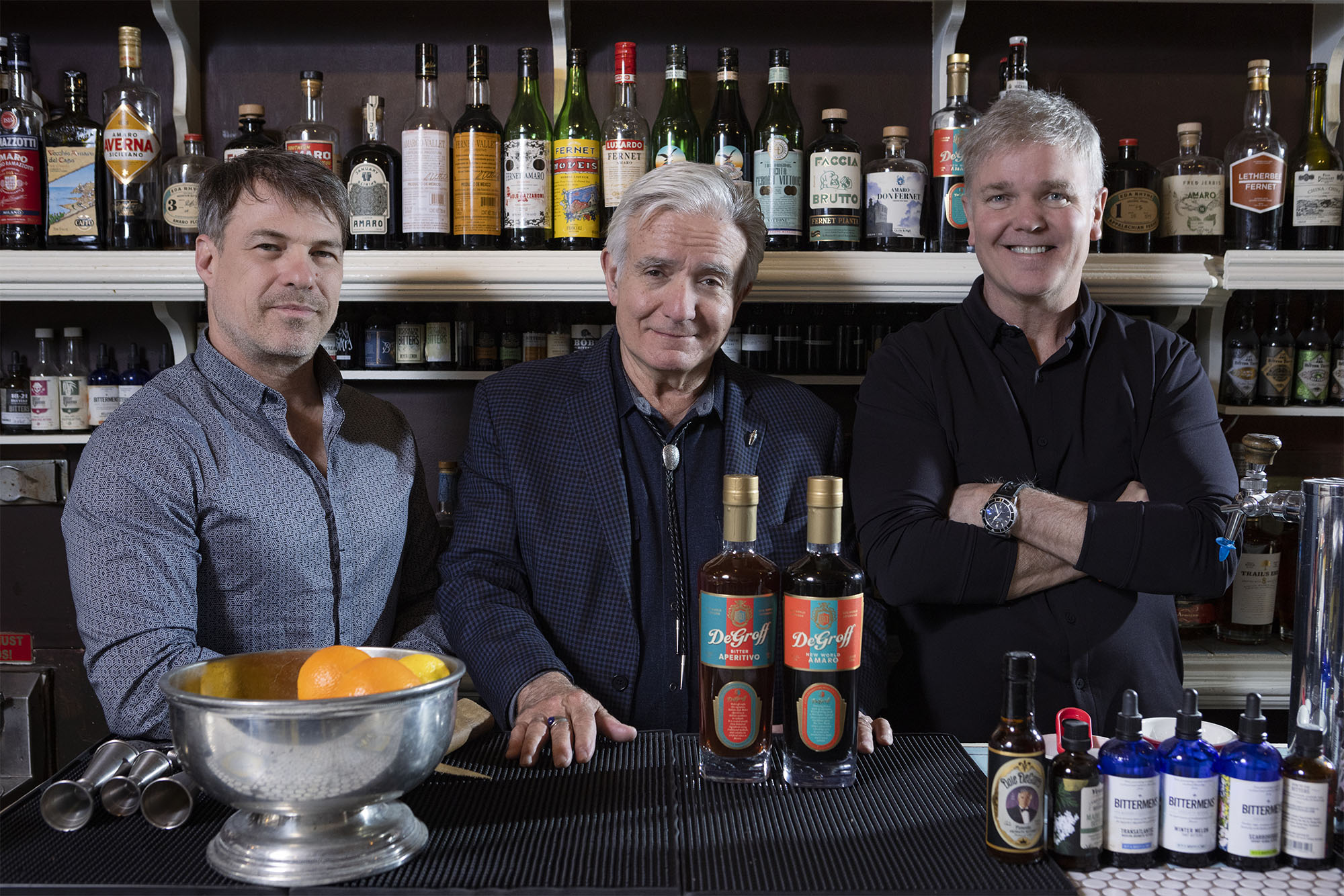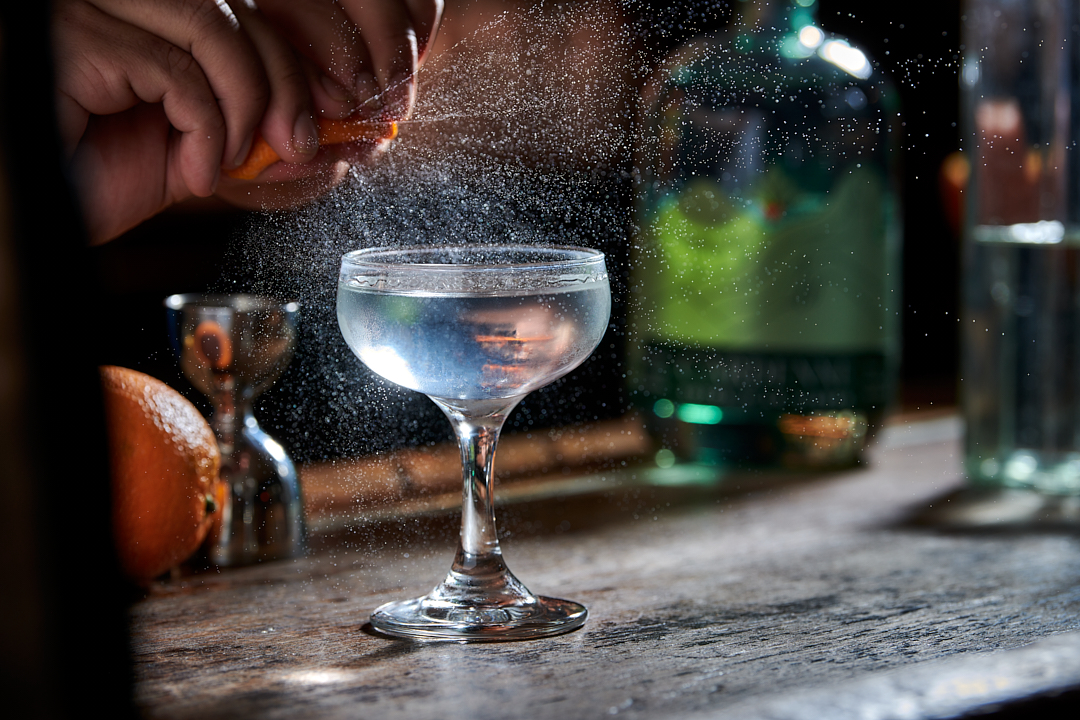How to Get a Drink in Salt Lake City
By Alana Tielmann
For those who didn’t realize, Utah is not a dry state.
The state boasts more than 350 bars, and Salt Lake County accounts for over half. There are some puzzling liquor laws, though, set by state legislation that’s primarily comprised of the Mormon population. For instance, there’s a liquor control system—required in all bars and restaurants—that measures out the base spirit poured into a cocktail. It counts the number of shots poured, and meters the precise amount of 1.5 ounces, which means the gin poured into a standard Martini is reduced by half (and double pours are prohibited in Utah).
With COVID-19, struggling bars and restaurants are now pushing for further liquor law modifications to help stay afloat – preserving small businesses, jobs, and drink-making. It spawned an online petition, a social media hashtag: #SaveUtahBars, and a push on Capitol Hill to ease some of the state’s strict liquor laws (like the silly system of gypping drink measurements). They are calling on their customers and followers to contact their local legislators to ask for changes.

Cocktail at Alibi
We spoke with three stand-out bartenders (before bar closures) at Salt Lake City’s top bar establishments on how to properly get a promised drink – before 1:00am – without breaking the state’s strict liquor laws.

Jacob Hall of Alibi Bar & Place
What should I look out for upon entering one of Utah’s drinking establishments? How do I know if it’s a restaurant, bar, club, or brewpub?
Jacob Hall, bartender and co-owner of Alibi Bar & Place: That’s easy! Our state-run alcohol control agency has kindly provided us with signs that say ‘This is a Bar’ or ‘This is a Restaurant’ for you before you even enter the building!

Crystal Daniels of Post Office Place
Crystal Daniels, bar manager at Post Office Place: Every establishment is required by law to have some kind of signage on their door alerting the prospective guest to what kind of establishment they are entering. The state has provided everyone with a copy of what that signage should look like and prefers that you use their sign for that; however, there are a couple places around town who have made their own cheeky versions of the sign – a little damn the man – but to keep off Utah Department of Alcoholic Beverage Control’s (DABC) radar. The state assumes consumers understand the laws of the different signs, which is definitely not always true.

Scott Gardner of Water Witch
Scott Gardner, bartender and co-founder of Water Witch: Most of what you’ll run into is ‘bar establishment’ and ‘full service restaurant.’ The main difference, from a guest perspective, is the requirement for food at a restaurant to drink. In a bar, ordering food is not required. Utah has a handful of licenses that dictate how the sale of alcohol works.

Post Office Place Back Bar
Daniels: Post Office Place is considered a Bar and is licensed as such. I’d say half the people that come in here, though treat us a little more like a restaurant, doing full dinner service or at least a few small plates. Which is a little to my point on licenses really only dictating if you HAVE to eat when you want to get a drink. There are restaurants around town who have some really amazing cocktail programs, I just might not always feel like eating when I want a drink, so I have to kind of plan when I want to try something new they’ve dropped.
Hall: My theory is that they provided us with these signs because someone once ordered the steak at a strip club, but didn’t realize how much sin was afoot. Those signs really put a stop to that!
What the hell is the Zion Curtain? Does it still exist?
Daniels: It was a silly law I don’t think a lot of people understood, and it made it really hard for bartenders in a restaurant setting to make money. A misconception many visitors to Utah had was that all bartenders had to be behind the Zion Curtain – it was only for restaurants though.
Gardner: The Zion Curtain existed specifically in restaurants, but not in bars. It was a partition, behind which all storage and preparation of alcoholic beverages took place. It was repealed a while ago, but you do still see a few around.
Daniels: Essentially the “curtain” could be anything that prevented guests from seeing drinks being made, because if you see how super amazing and fun drink-making is, you will instantly over imbibe and when children see it they too will recognize our awe-inspiring raw talent and think “I need to get my hands on whatever it is they have.” The worst example of a “curtain” I have worked in was when I bartended out of a repurposed broom closet that had the top half of the door cut out. Without having that face-to-face interaction with guests, we really were more of a back-of-house kitchen crew than we were bartenders, because being a bartender is more than just the act of making a drink, it’s about knowledge, hospitality and creating an experience [for guests]. I don’t think anyone, including the legislator, is mourning the curtain.
Explain the “clicker.” Is a jigger still in use?
Daniels: The ‘clicker’ is the Berg. The Berg is a system that counts the amount of drinks you made so the DABC can compare it to your sales reports and make sure you aren’t giving away free drinks. The Berg, in theory also measures out the exact proportion of liquid [1.5 ounces] for the button you click. They need to be recalibrated fairly often though – I don’t know a single serious cocktail-focused bartender who doesn’t also use a jigger.
Hall: It’s not always entirely accurate, so a good indication of a good bar is whether or not your shot is jiggered as well. Other than that, it just looks like a telephone-chord-robot thing.
Gardner: You do see them outside Utah, but typically at larger places where dispensing is harder to control… airports, casinos… I’ve even seen one at a bar at a ferry landing in New York City.
Daniels: Post Office Place’s Berg is set up to dole out 1.5 ounces – the max I can pour you for a single spirit (cocktails are a different story). Some bars are only 1 ounce, and would call 1.5 ounces “a long pour,” and up-charge it. There are some beer-and-shot bars that don’t use jiggers because they rely on the Berg, and I have gone in and bought a round of shots for friends and had three of the five come out at different sizes. When pointed out and hear “can’t click it again,” it’s frustrating.
Gardner: Jiggers are still in use when adding additional alcohol (vermouths, liqueurs, and secondary spirits). Only the main or primary liquor needs to go through the ‘clicker.’

Crafting at Water Witch
So, can I order multiple drinks at once?
Hall: You’re only allowed one hard drink and one beer or wine in front of you. You can have a pitcher with friends, but you can’t have two different beers in your hand, but honestly what sick weirdo would do that in the first place?
Daniels: You may order a round for your friends, I just need to be able to see that there are as many people are you are ordering for.
What if I want a stiff classic – Do you alter the recipe? Recommend something else?
Gardner: The basics of building drinks in Utah goes like this: in a cocktail, you can have 1.5 ounces of primary alcohol and up to 1 ounce of secondary alcohol (again, could be a spirit, liqueur, etc.) So, a couple classics [like a Martini] are tricky in Utah, but can easily be worked around. For instance, a Vesper would utilize both vodka and gin, and can be built a bit more stiff – if that’s what you’re looking for. Then again, that law may go away; be amended this year, just making 2.5 ounces of alcohol the law.
Daniels: [Let’s say] you want a stiff Old Fashioned, you need to order a “split base” which is 1.5 ounces of one whiskey and up to 1 ounce of another. They can’t both be the same kind of whiskey… What I often make is 1.5 oz. rye, 1 oz. bourbon; or 1.5 oz. mezcal, 1 oz. tequila for a stiff Wahaka Old Fashioned. We also usually have one or two boozier Old Fashioned’s on the menu I can point out to people, so they don’t have to think about how to work the laws.
Gardner: Restrictions always breed creativity. Infusions and fat-washing are currently illegal [in Utah]. However, changes are always on the horizon. We’re always looking to our peers and researching more ways of adding depth, flavor and intrigue to our drinks. Often, we look to the kitchen for inspiration in creating more unique flavors and techniques to alter texture and visual elements of a drink.
Hall: In Utah, we’re contained to a 3 ounce liquor box. I believe whenever you put anything in a box, creativity becomes stronger. It forces bartenders to push themselves that much harder to prove they know what the fuck to do. You can’t just rely on pouring 1 ounce of Cointreau if you want a lot of orange profile (which would be gross) but you get what I’m saying. We have a really strong counter culture that’s always pushing against the current and that holds true to bartending here.
Shout out your favorite Utah-based spirits or producers.
Daniels: Most bartenders would agree with me that Waterpocket Distillery is thee don’t miss. Waterpocket has two programs outside of making base spirits called ‘Toadstool’ and ‘Long Lost.’ They focus on bringing back spirits that have gotten lost in history some time, somewhere. My favorite from the Toadstool lineup is Notom, its amaro adjacent – not quite as bitter as some traditional Italian amari, but adds depth to any cocktail it is added to. I currently have it on the menu in a Paloma variation that has been the top seller almost every night. My favorite from the Long Lost lineup is Minthe. I describe it to people as similar to a gin, but without juniper and with a lot more botanicals.
Gardner: This one is tough! We have a really great, tight-knit community of brewers and distillers here, producing great products. Waterpocket Distillery makes incredible spirits. Sugar House Distillery is doing an incredible job with their whiskey (especially, in my humble view, their American malt whiskey). Hard to talk about Utah without mentioning High West, who have been producing and blending amazing whiskies for over 10 years. They’ve done a lot for the industry here.
Hall: Beehive Distillery is my favorite in Utah. Chris Barlow crushes the gin and spirits game. Plus they also have a cute cat that lives at the distillery named Gimlet. Doesn’t get cuter than that.
Daniels: As for other Utah producers, Holystone Distilling is making a fantastic vodka – yes, I am hyping vodka. It’s strange for me, too – it’s grape-based and redistilled from California grappa. It has texture to it – smooth, bright. It’s a sexy vodka. New World Distillery is doing some fun things with agave, although my favorite product of theirs is Wasatch Blossom Tart Cherry Liquor. I use it to split my vermouth for a more interesting Manhattan – also great with Cynar.
Can you share some “drink order” advice for the next guest who steps into your bar?
Gardner: Drink ordering at Water Witch! We initially thought we’d try to make it easy by not having a menu. Of course, nothing in this world is truly easy! We are all able to crank out the major classics and are always keeping up on the contemporary classics that are arising. Mostly, it’s all “roulette” or “dealer’s call.” Tell us a spirit you love, or maybe even something you don’t… we’ll have a quick conversation and get you where you want to be! We also have a board highlighting daily and weekly specials. and have started seasonal rotating menus of three drinks. We want the experience to be fun, relaxing and community driven.
Hall: We have a monthly rotating menu [at Alibi Bar & Place] in which we feature five of our current favorite cocktails created and developed in caves, labs and factories, by our bartenders. Ordering cocktails on the menu is always the easiest and quickest approach if you’re rushing to imbibe. If nothing on the menu tingles your senses then we will more than happily create something for you off-menu. Or, whatever your mom or dad drank. Your call! We just want you to be happy.
What’s next in Utah’s booze scene? How are you contributing to it?
Hall: Hopefully more booze. That’s always a good thing. In any volume really.
Gardner: Utah keeps growing and getting thirstier! The people moving in have high expectations in the world of food and drink, so everything is consistently improving. The bar raises with every bar and restaurant opening, so the future is looking great. Water Witch has been open now for three years, and I’m hoping we’ve made an impact!
Daniels: Right now the cool thing in Utah is the expansion of what we are putting out and the quality of that product, whether it’s distilleries, breweries, bars or restaurants. Five years ago when I moved here, there were three bars I would go to if I wanted a drink. Now, there are more than I can count. In that same time period, there were three distilleries that were making products, and now there are seven, just on my [back bar] shelf. That doesn’t count the spirits that don’t fit my program, and are still fantastic.
Gardner: We are hoping to break ground soon on our next project, Congregation Spirits distillery. We are installing beautiful antique French cognac stills in an industrial building on the west side of downtown Salt Lake City, in a neighborhood called Euclid. It will have a bar and grill called Standard Candle and a large outdoor beer and spirits garden. We will be making brandy, single malt and gin. We couldn’t be more excited!
Hall: We’re also working on our second project which we can’t wait to unveil. Our second location will also be close proximity to one of our favorite bars in town who are good friends of ours. I can’t say more than that yet, but it’ll be a spooky good time.
Daniels: What I think is getting larger in our scene – and that I am personally more connected to – are pop-ups and one-off events [in Salt Lake City]. Last year, I was involved in four different local cocktail competitions each having a charity aspect to them. [This year] one is ‘Top Tipples’ where the focus is highlighting the careers of people who helped shape our [drink] scene, and giving them a space to showcase their journey.
Hall: I’d put money down saying we [Utah] have some of the best cocktails in the nation.

